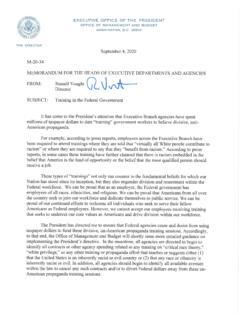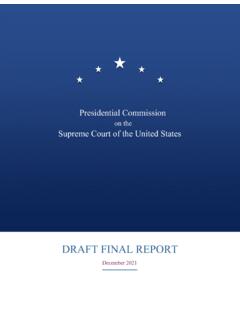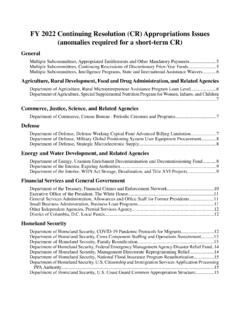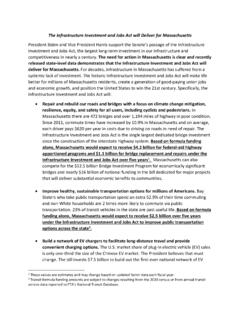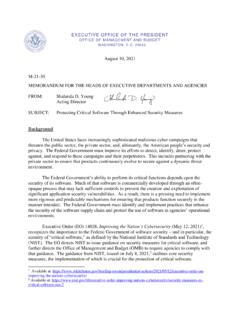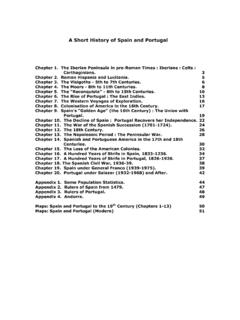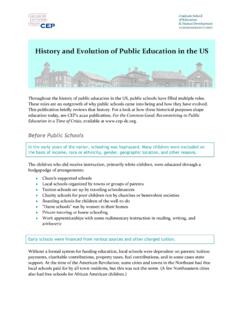Transcription of PACIFIC STRATEGY
1 INDO- PACIFIC . STRATEGY . OF THE U NITED S TATES. FEBRUARY 2022.. THE FUTURE OF EACH OF OUR. NATIONS AND INDEED THE WORLD . DEPENDS ON A FREE AND OPEN I NDO- PACIFIC ENDURING AND. FLOURISHING IN THE DECADES AHEAD. PRESIDENT JOE BIDEN. QUAD LEADERS' SUMMIT. SEPTEMBER 24, 2021.. TABLE OF CONTENTS. I. THE INDO- PACIFIC 'S PROMISE. II. OUR INDO- PACIFIC STRATEGY . ADVANCE A FREE AND OPEN INDO- PACIFIC . BUILD CONNECTIONS WITHIN AND BEYOND THE REGION. DRIVE INDO- PACIFIC PROSPERITY. BOLSTER INDO- PACIFIC SECURITY. BUILD REGIONAL RESILIENCE TO 21ST-CENTURY TRANSNATIONAL THREATS. III. INDO- PACIFIC ACTION PLAN. IV. CONCLUSION.. THE INDO- PACIFIC 'S. PROMISE. The United States is an Indo- PACIFIC power. The region, stretching from our PACIFIC coastline to the Indian Ocean, is home to more than half of the world's people, nearly two-thirds of the world's economy, and seven of the world's largest militaries.
2 More members of the military are based in the region than in any other outside the United States. It supports more than three million American jobs and is the source of nearly $900. billion in foreign direct investment in the United States. In the years ahead, as the region drives as much as two-thirds of global economic growth, its influence will only grow as will its importance to the United States. The United States has long recognized the Indo- PACIFIC as vital to our security and prosperity. Our ties were forged two centuries ago, when Americans came to the region seeking commercial opportunities, and grew with the arrival of Asian immigrants to the United States. The Second World War reminded the United States that our country could only be secure if Asia was, too.
3 And so in the post-war era, the United States solidified our ties with the region, through ironclad treaty alliances with Australia, Japan, the Republic of Korea (ROK), the Philippines, and Thailand, laying the foundation of security that allowed regional democracies to flourish. Those ties expanded as the United States supported the region's premier organizations, particularly the Association of Southeast Asian Nations (ASEAN); developed close trade and investment relationships; and committed to uphold international law and norms, from human rights to freedom of navigation. The passage of time has underscored the strategic necessity of the United States' consistent role. At the end of the Cold War, the United States considered but rejected the idea of withdrawing our military presence, understanding that the region held strategic value that would only grow in the 21st century.
4 Since then, administrations of both political parties have shared a commitment to the region. The George W. Bush Administration understood Asia's growing importance and engaged closely with the People's Republic of China (PRC), Japan, and India. The Obama Administration significantly accelerated American prioritization of Asia, investing new diplomatic, economic, and military resources there. And the Trump Administration also recognized the Indo- PACIFIC as the world's center of gravity. 4 INDO- PACIFIC STRATEGY OF THE UNITED STATES.. Under President Biden, the United States is determined to strengthen our long- THE REGION. term position in and commitment to the Indo- PACIFIC . We will focus on every BY THE. corner of the region, from Northeast Asia and Southeast Asia, to South Asia and NUMBERS.
5 Oceania, including the PACIFIC Islands. We do so at a time when many of our allies and partners, including in Europe, are increasingly turning their own attention to . the region; and when there is broad, bipartisan agreement in the Congress that POPULATION: the United States must, too. In a quickly changing strategic landscape, we Over half the world's recognize that American interests can only be advanced if we firmly anchor the people, including 58%. United States in the Indo- PACIFIC and strengthen the region itself, alongside our of youth closest allies and partners. ECONOMY: 60%. of global GDP. This intensifying American focus is due in part to the fact that the Indo- PACIFIC faces mounting challenges, particularly from the PRC. The PRC is combining its GROWTH: 2/3 of global economic economic, diplomatic, military, and technological might as it pursues a sphere of growth influence in the Indo- PACIFIC and seeks to become the world's most influential power.
6 The PRC's coercion and aggression spans the globe, but it is most acute in GEOGRAPHY: 65% of the world's the Indo- PACIFIC . From the economic coercion of Australia to the conflict along the oceans and 25% of its Line of Actual Control with India to the growing pressure on Taiwan and bullying land of neighbors in the East and South China Seas, our allies and partners in the region bear much of the cost of the PRC's harmful behavior. In the process, the PRC is also undermining human rights and international law, including freedom of navigation, as well as other principles that have brought stability and prosperity to the Indo- PACIFIC . Our collective efforts over the next decade will determine whether the PRC succeeds in transforming the rules and norms that have benefitted the Indo- PACIFIC and the world.
7 For our part, the United States is investing in the foundations of our strength at home, aligning our approach with those of our allies and partners abroad, and competing with the PRC to defend the interests and vision for the future that we share with others. We will strengthen the international system, keep it grounded in shared values, and update it to meet 21st-century challenges. Our objective is not to change the PRC but to shape the strategic environment in which it operates, building a balance of influence in the world that is maximally favorable to the United States, our allies and partners, and the interests and values we share. We will also seek to manage competition with the PRC responsibly. We will cooperate with our allies and partners while seeking to work with the PRC in areas like climate change and nonproliferation.
8 We believe it is in the interests of the region and the wider world that no country withhold progress on existential transnational issues because of bilateral differences. INDO- PACIFIC STRATEGY OF THE UNITED STATES 5.. The Indo- PACIFIC faces other major challenges. Climate change is growing ever-more severe as South Asia's glaciers melt and the PACIFIC Islands battle existential rises in sea levels. The COVID-19 pandemic continues to inflict a painful human and economic toll across the region. The Democratic People's Republic of Korea (DPRK) continues to expand its illicit nuclear weapons and missile programs. Indo- PACIFIC governments grapple with natural disasters, resource scarcity, internal conflict, and governance challenges. Left unchecked, these forces threaten to destabilize the region.
9 WE WILL FOCUS ON EVERY CORNER OF THE REGION, FROM NORTHEAST ASIA AND SOUTHEAST ASIA, TO. SOUTH ASIA AND OCEANIA, INCLUDING THE PACIFIC . ISLANDS. As we enter a decisive decade that holds considerable promise and historic obstacles for the Indo- PACIFIC , the American role in the region must be more effective and enduring than ever. To do this, we will modernize our long-standing alliances, strengthen emerging partnerships, and invest in regional organizations the collective capacity that will empower the Indo- PACIFIC to adapt to the 21st century's challenges and seize its opportunities. As the PRC, the climate crisis, and a pandemic test us, we must work with our allies and partners toward our positive vision: of a free and open Indo- PACIFIC that is more connected, prosperous, secure, and resilient.
10 This national STRATEGY outlines that approach and commits the United States to its success. 6 INDO- PACIFIC STRATEGY OF THE UNITED STATES.. OUR INDO- PACIFIC . STRATEGY . The United States is committed to an Indo- PACIFIC that is free and open, connected, prosperous, secure, and resilient. To realize that future, the United States will strengthen our own role while reinforcing the region itself. The essential feature of this approach is that it cannot be accomplished alone: changing strategic circumstances and historic challenges require unprecedented cooperation with those who share in this vision. For centuries , the United States and much of the world have viewed Asia too narrowly as an arena of geopolitical competition. Today, Indo- PACIFIC nations are helping to define the very nature of the international order, and allies and partners around the world have a stake in its outcomes.


